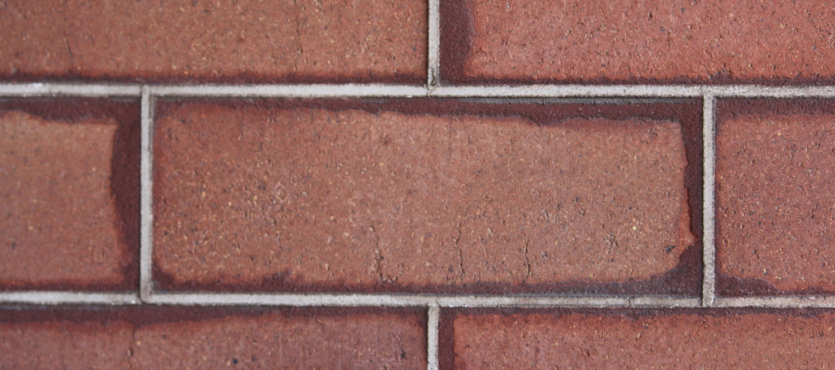Brick structures offer a distinct and stunning aesthetic that is also incredibly durable, hence why you may encounter brick buildings over 100 years old in historic neighborhoods and cities. From churches and courthouses to homes and hospitals, brick can be found everywhere and has proved itself a reliable and timeless building material.
While you might believe brick structures do not require much maintenance – which is true to some extent – the mortar between bricks and stones will deteriorate over time and demand attention to maintain its structural integrity. Tuckpointing is a procedure that can help minimize damage and act as a preventative measure to protect the integrity of brick structures. If you are a homeowner living in an aging brick house, here are several reasons why you should consider tuckpointing.
Mortar is a Sealant
When you think about brick structures, the mortar between each brick slab may not be at the forefront of your mind, yet it serves a vital function as a sealant. Without mortar, water and moisture can enter your home through the gaps in the brick and cause rot and mold to develop. Furthermore, the gaps also allow for insects and pests to squeeze their way into your home and be a nuisance.
That is where mortar provides a seal to prevent any exterior elements—whether that be moisture or insects—from entering your home and protecting its structural integrity. With that in mind, tuckpointing will help maintain the integrity of your brick home’s mortar and allow it to keep doing its job for many years to come.
Mortar is Vital for Structural Integrity
Beyond acting as a sealant from exterior elements invading your home, mortar also serves a vital role in ensuring equal weight distribution across the entire structure or foundation. Brick already weighs very heavily, and gravity pulls down on that weight. If the mortar begins to fail, the weight may affect vulnerable areas more than others, leading to uneven weight distribution across the entire structure.
Should this happen, it can lead to bulging, cracking, and even collapse if left unattended. That is why you should consider tuckpointing as soon as you see signs of deteriorating mortar. If you wait until the problem becomes more apparent, it may already be too late to prevent more costly repairs.
Mortar Affects the Aesthetic of Your Home
In addition to the functional benefits it provides, mortar also affects the aesthetic of your brick home. Cracking, crumbling, and otherwise deteriorating mortar will only make a brick house appear older and decrepit. This can negatively impact the resale value of a property and lower its appeal in the eyes of a buyer. By tuckpointing, you can restore the visual and functional appearance of your home, which can make a good first impression on potential buyers while boosting the value of your property.
When to Consider Tuckpointing?
On average, mortar can last anywhere from 20 to 30 years before requiring maintenance from natural wear. Some signs that indicate weakening mortar in your brick home include mortar joints that are cracked, broken, partially missing, and protruding from the surface. If unattended, the mortar will only continue to weaken until the structural integrity of the area is vulnerable to collapse and crumbling, leading to more serious damage and expensive repairs.
Tuckpointing is a preventative measure that can address weaknesses in aging mortar before it becomes a severe problem. If you identify any signs of deteriorating mortar, that is an ideal time to contact a professional masonry service to treat your brick house with tuckpointing.
Restore Your Home’s Brickwork with Professional Services
Mortar plays an essential role in the foundation and structure of a brick home, which is why you should hire professionals when it comes to maintaining your home’s structural integrity. Turnbull Masonry offers quality tuckpointing services that will restore the functional and visual benefits of your brick home’s mortar. To begin restoring your home, contact Turnbull Masonry today!

